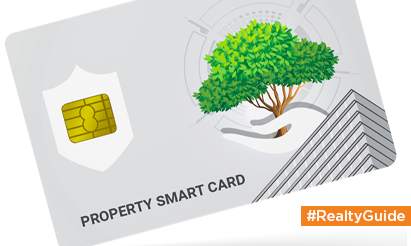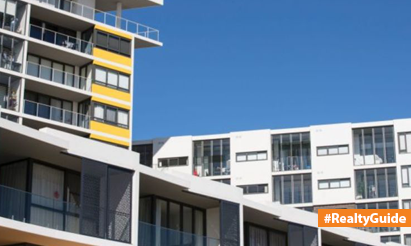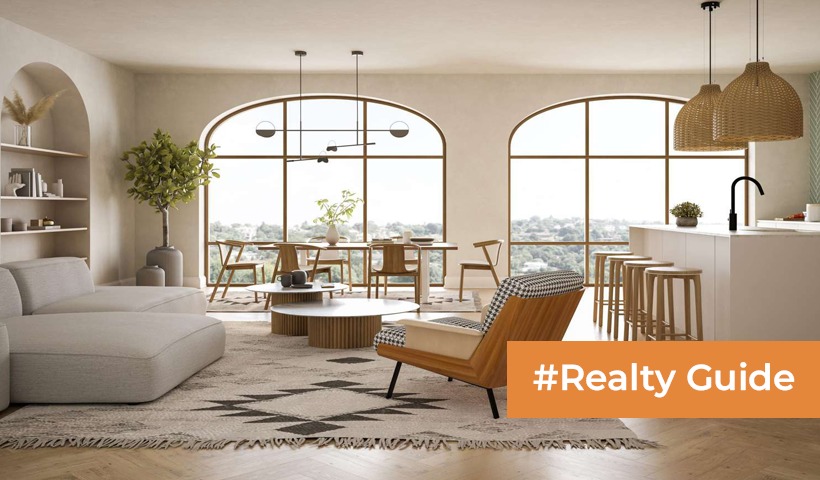How is the Indian real estate business now positioned to embark on its next phase of expansion?
The true measure of a country’s progress is when smaller towns, villages, and second and third-tier cities experience an increase in real estate building. India is celebrating its 75th year of independence. The astounding emergence of India’s towns and villages, which are bolstered by a solid infrastructure, is the hallmark of our country’s progress. Furthermore, due to increased citizen demand, the real estate market is being fully used.
India is one of the world’s fastest-growing major economies, and the real estate industry is the second largest job creator and the third largest in terms of FDI flow, as well as a driver of total economic growth. The real estate industry is predicted to reach Rs 65,000 crore by 2024, with this sector accounting for 13% of the country’s GDP by 2025. The real estate sector is certainly on a path of economic growth and is racing towards its next adventure. The real estate market has been continually developing with workable thinking spanning residential, commercial, and retail developments over the months.
To suit the increasing needs, the Indian real estate business has been adaptable and resilient, and a variety of asset classes have been formed and are growing. This good progress has been reinforced by trends that place a significant emphasis on adaptability and adapting to individual end-user requirements as well as evolving homebuyer desires. This category has arisen as a result of changing demographics, lifestyles, and emerging industries.
These pertinent elements have had a significant impact on the demand for new asset classes. For example, in the recent decade, Mumbai, India’s largest and most costly property market, registered among the greatest sales in terms of transaction registrations and stamp duty collection. For example, overall office leasing increased by 1.5 times in June across seven cities, comprising Delhi-NCR, Mumbai, Bengaluru, Chennai, Hyderabad, Pune, and Kolkata, to 5.8 million square feet.
The environment we live in today is a jumble of varied necessities, such as a place for a start-up, an office space distinct from the character of a house, housing for the elderly population, or even a strong interest in students pursuing higher education. The incorporation of environment and open spaces, integrating green cover with residential areas, is not only a need of the hour but also a demand from environmentally concerned purchasers.
This is one of the reasons for the resurgence of verandas and balconies, which provide consumers with extra space where they can experience the serenity of an office desk accompanied by plants while sitting at home. The work-from-home lifestyle has also increased internet usage. We developers anticipate that this will be a long-term function and are dedicated to providing it to residents.
Disclaimer: The views expressed above are for informational purposes only based on industry reports and related news stories. PropertyPistol does not guarantee the accuracy, completeness, or reliability of the information and shall not be held responsible for any action taken based on the published information.




